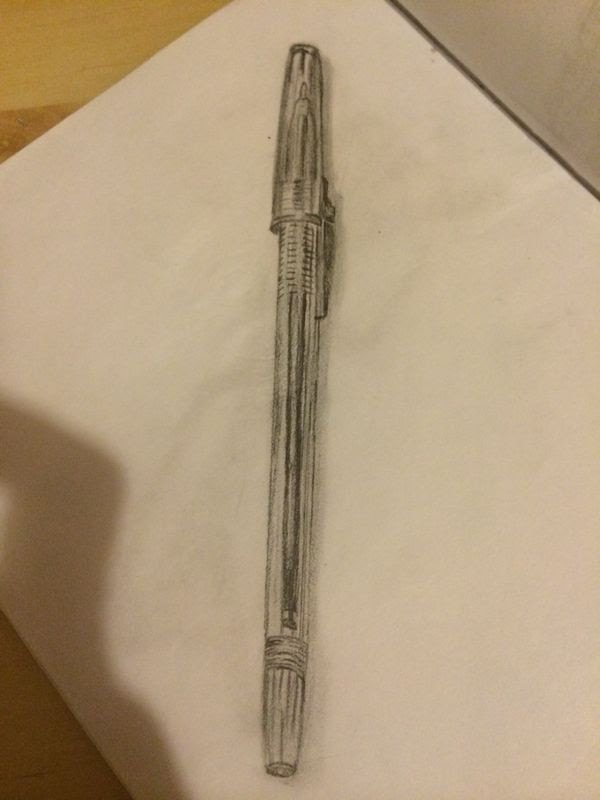Crash course in journalism, finalé: The paragraph of the heart
Note: this post is a part of a crash course in journalism. If this is the first post from the series you encountered, it is highly recommended to start the course from the beginning. See index of previous lessons at the end of the post.
Three months ago, I told you we can reinvent journalism, and that I can show you how. In the time that passed since, the need to do that became all too clear to me, and I hope that to you too.
This course was meant for people who are already bloggers (or you wouldn't be here, right?). I made the assumption that I don't have to teach any writing lessons or share any styling tips. My focus was on all the work that distinguishes between journalism to just writing your thoughts. About how you have to focus on making sure to convey the research based truth, and about the impact of your story on your readers.
By the time you sit down to do the actual writing, you should have all your notes and research results ready. You should also know, what’s the idea that you want to write about, and what is “the something else” of your story. Now, remember I promised to teach you how do you pack all that, into around 400 words? Well, at that point when the raw material is in front of you, it may look like an impossible task, but here is the secret: It's all about arranging your text’s paragraphs correctly.
Our minds process new ideas in one or more of three levels. Every writer is probably familiar with the importance of two of these levels - the intuitive level, that we usually associate with the stomach, and the intellectual level that we associate with the brain. In the old area of classic journalism, once the readers made the intuitive decision to start reading an article, it was possible to immediately appeal to their intellect and make them read on. But perhaps typical to the culture that was built around one-to-many media channels, is that the middle level, the emotional level that we associate with the heart, the level of the human connection between the journalist and her or his audience, was missed. Because writers in major newspapers did not have to personally compete for the attention of readers, there was no need for them to be personal, but that is no longer the case in contemporary journalism. When so many voices are heard, creating a human connection with your readers becomes crucial.
If the instinctive reaction of the readers occurs while reading the article’s title and sometimes its first few lines, then it is not hard to guess that the part of the text in which the second level of reaction, the emotional level, occurs, is at the first or second paragraph of the article. In classical journalism, this paragraph was known as “the reasoning paragraph”, that is, the paragraph in which the writer appeals to the readers and explains why they should read on. Accordingly, in our reinvented Journalism, the paragraph of the heart is where journalists share why they bothered so much to bring the story to the readers. It is a promise that it will be worthwhile for the readers to lend their attention for the time it takes to read few hundreds of words.
So this should be the difference between a 140 characters tweet, or a lengthy post that just states someone's assorted thoughts, to the compact articles of reinvented Journalism. In our new journalism, the first or second paragraph of each article, should create a human connection. An appeal for the heart, and not just to the gut instinct or the intellect. Once you will arrange the article in accordance to the natural understanding process of the readers, about 400 words should be enough to convey any idea.
And by this, I conclude my crash course in journalism. I hope I helped you to be better at the challenging but exciting and so important task, of writing about what is really going on in our real world, because that is what the essence of journalistic writing is.
Index of previous lessons:
Lesson number one: Buy a notebook
Lesson 5: Using your notebook in the field
Lesson 6 : "The something else"

Great drivel.
Here is how journalism works "so what if the terror attack was faked, does that mean it didn't happen?"
https://steemit.com/life/@steemtruth/jerusalem-truck-terror-attack-questions-they-can-t-answer-must-see
I notice that less and less people vote for your shit @orenshani7, and your reputation keeps dropping. How long are you going to pretend that your lies and deceit aren't even affecting you.
I implore everyone to read that link and all it's comments, it's proof positive you are the antithesis of journalism and integrity.